
 Work on the projects.
Work on the projects.
The technique of large shaft and shoring construction by secant pile wall successfully tested by Swissboring in many cases may be applied in the realisation of a revolutionary underground car-parking system which is said to offer economies of space and operating costs.
The concept was developed by Italian foundation engineering specialist Trevi, which then formed a new company called Trevipark to promote these underground circular multi-level car-parks.
Trevi and Trevipark together with Soilmec, a specialised manufacturer of foundation, water research and oil drilling equipment, are part of the Trevi Group of Companies.
The group recently bought Swissboring Gulf, which has its head office in Dubai and other offices in Qatar and Oman, and all of them will benefit from the additional expertise and performance of this worldwide growing soil engineering and operating group.
Trevi has already constructed a handful of these car-parks in Italy, and the company sees its systems relieving parking problems of many major cities throughout the world.
The chief advantages of the car-parks are said to be their extremely efficient use of space, coupled to the safety and security both for users and their vehicles.
In operation, cars are left at street level from where they are automatically removed and stored underground in a circular multi-level shaft. "The radial arrangement of parking bays within the shaft make the Trevipark incredibly space efficient. Each level is divided into 12 segments, each one providing one parking space," a Trevipark spokesman says.
He continues: "Cars are moved up and down on a centrally-positioned lift housed within a rotating tower, to which an incoming car lines up with, and is then automatically transferred to its designated parking bay. This central rotating lift means that space needed for manoeuvring vehicles is kept to a minimum. All operations are computer-controlled and monitored, including safety and security systems. The car-parks are almost totally secure.
"A determined pair of thieves or vandals could, without too much foresight, trick the system into allowing one of them to enter the parking storage area within their own car. However, once within the car-park they would not have space to get out of their car, unless it was a convertible. Even climbing over their windscreen and across their bonnet they would be caught on camera and trigger a safety system which prevents the lift from operating. Effectively, there would be no way out until the police arrived.
"Another very important benefit is safety, both real and perceived, for the user. There is no anxiety associated from entering a poorly lit, deserted car-park. In the case of a fire starting in a parked car, an advanced foam sprinkler system is activated, backed up by the ability to evacuate oxygen, starving the fire and creating a non-explosive environment."
Trevipark director Giampiero Maldini says the system is so intrinsically safe that the operator's insurance cover is very much lower than for a conventional car-park.
Treviparks are optimally between six and nine levels deep, providing 72 to 96 parking places. "At this depth construction is relatively straightforward - provided ground conditions are adequately investigated beforehand - but equally important is that, at greater depths, car retrieval times would take longer than considered acceptable," the spokesman says. "Furthermore, if more parking places were provided at one site, unacceptable queues could develop for depositing and collecting cars. He says that extensive trials have shown that with its relatively small-capacity automated car-parks, the total time taken to park or collect a car is significantly less than for conventional car-parks.
A Trevipark essentially comprises three components: The foundation walls, inner shell which houses the car storage bays and central lift system. The inner shell is made up of modular precast concrete units and the lifting system is also standardised, both significant factors in keeping the unit cost per parking place down.
According to Maldini, once foundation work is complete, a Trevipark can be installed in only a week.
The inner car parking bays are not structurally connected to the outer retaining wall, providing simple but effective seismic protection in earthquake zones.
Typically, construction costs of a Trevipark are about 25 per cent higher than for a conventional multi-storey car-park, but the savings in land and low operating costs more than offset this, according to the company.
Overall, the unit cost of providing a parking place within a Trevipark is around 10 per cent lower than a conventional multi-storey car-park, claims Maldini.
The two main variables in the cost equation are the ground conditions and the price of the land. Difficult soil will add to the cost of the foundation walls, putting up the relative unit cost of parking, while high land prices will make the Trevipark, with its efficient use of space, more favourable, he says.
"When the development potential of land - freed up from parking, for example in a hotel or residential development where parking spaces are a requirement of planning consent - is taken into account, Treviparks actually become a low-cost option," the spokesman says.


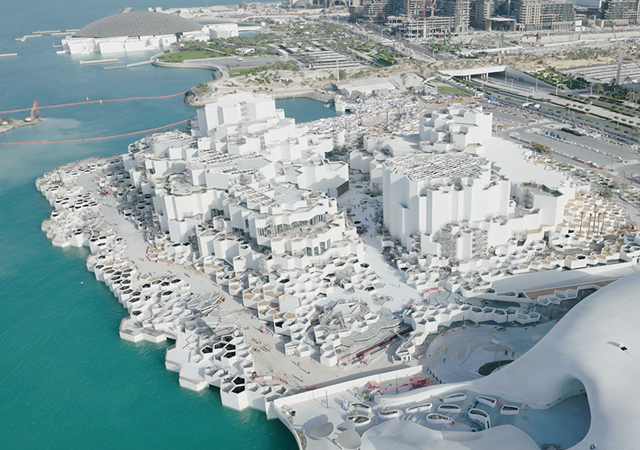


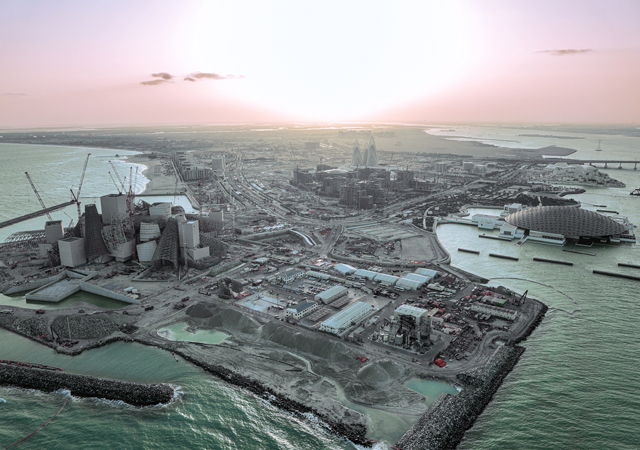

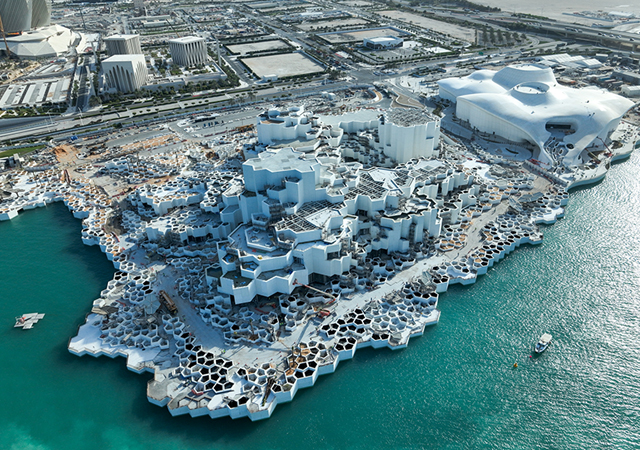
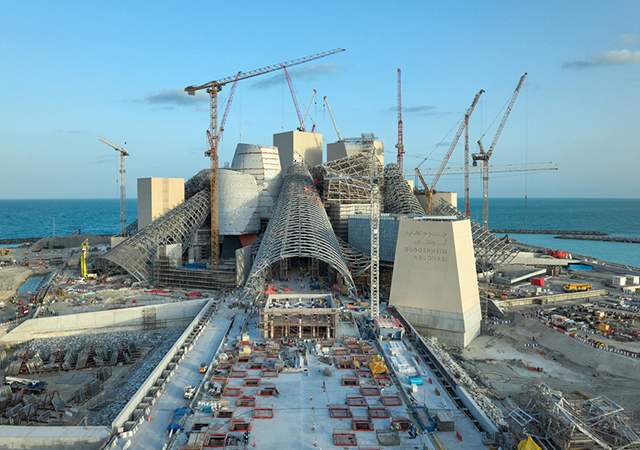
.jpg)




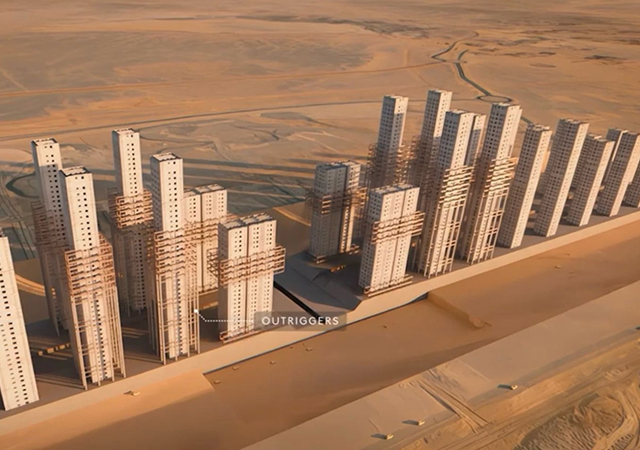
.jpg)

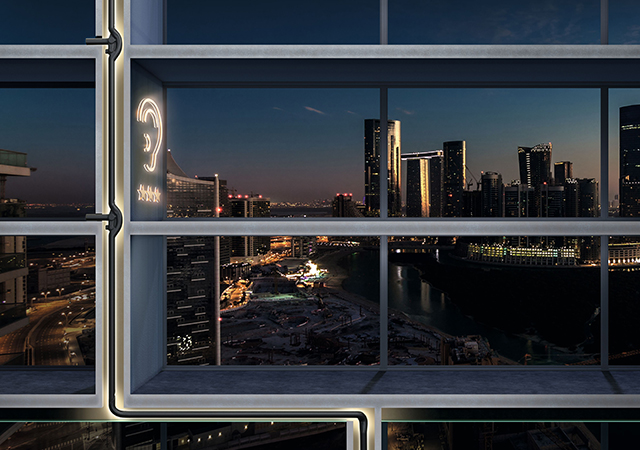
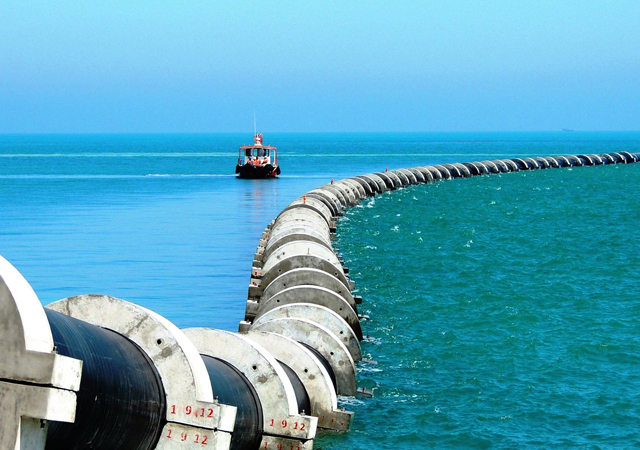


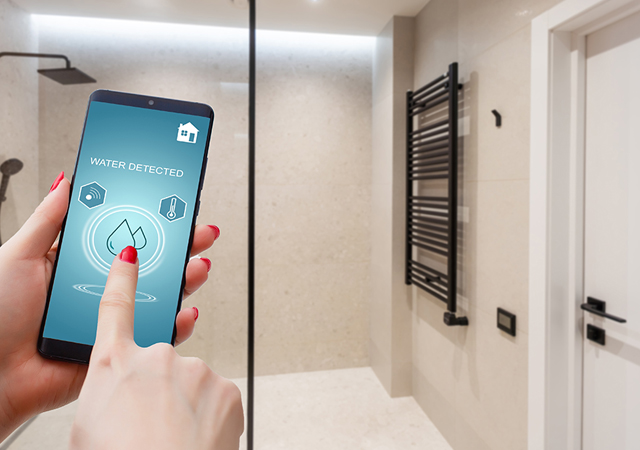
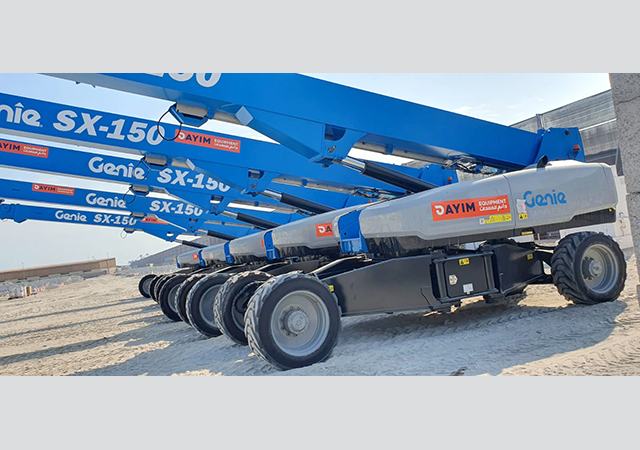
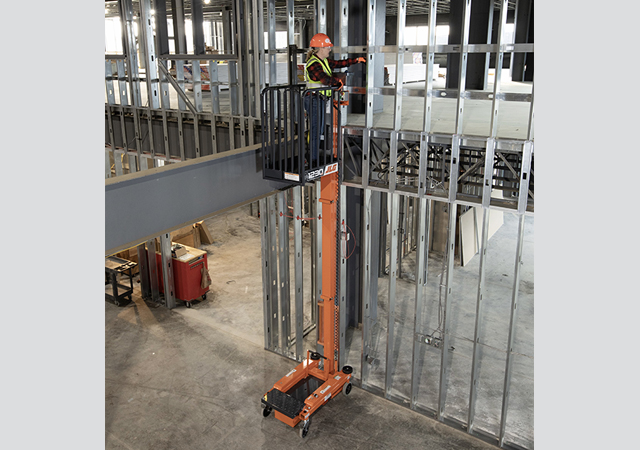
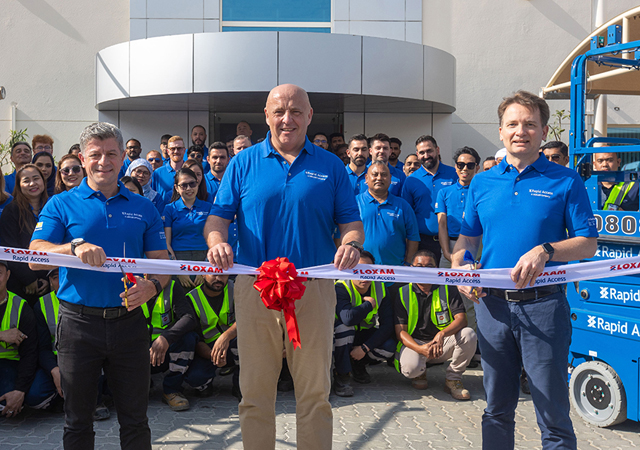
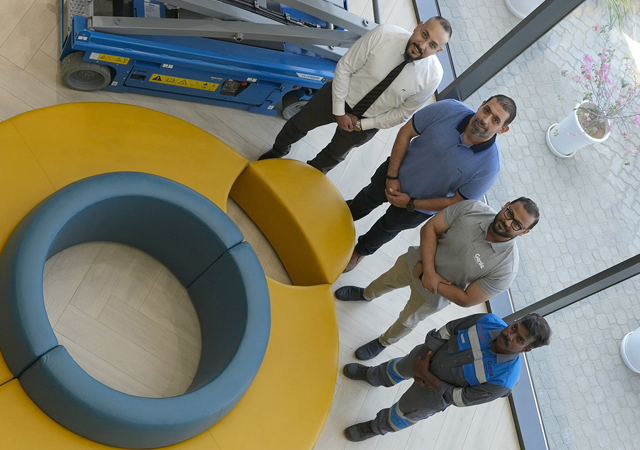
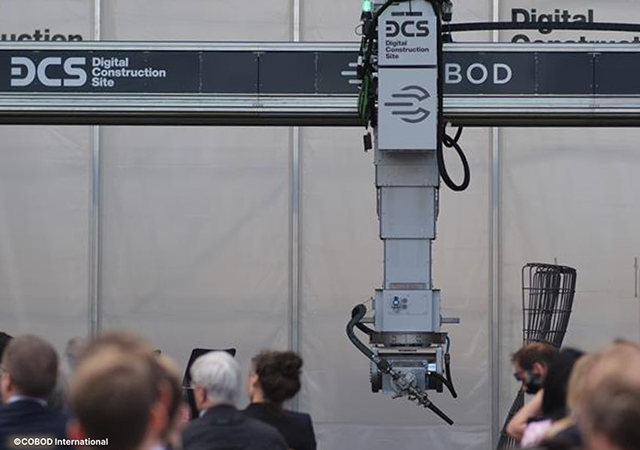
Doka (2).jpg)
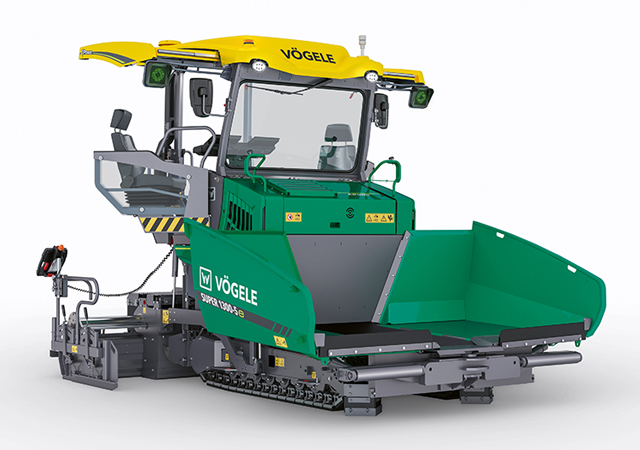


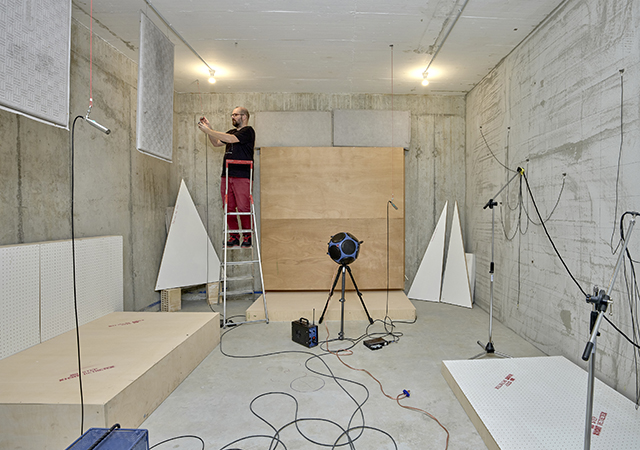
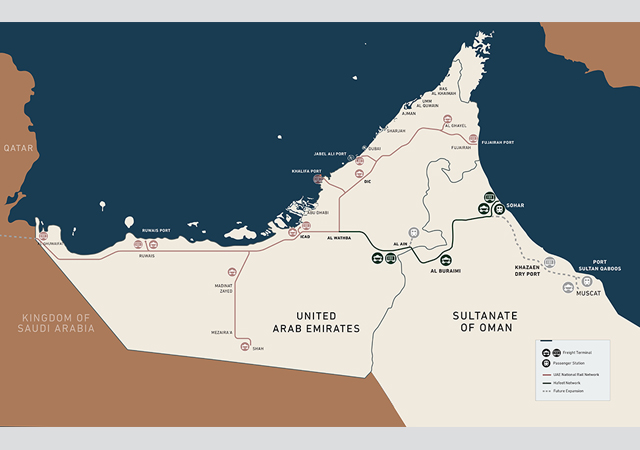




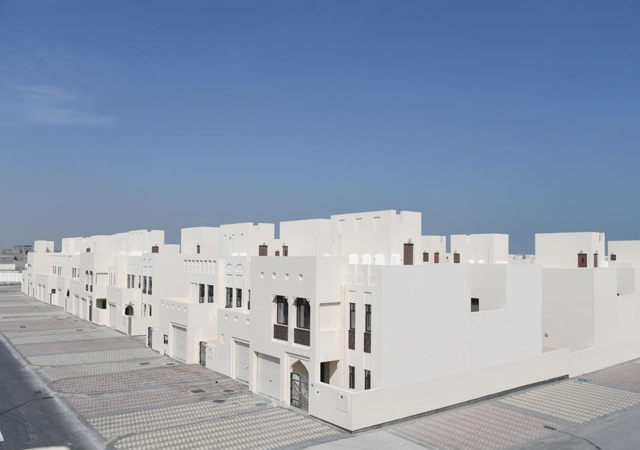








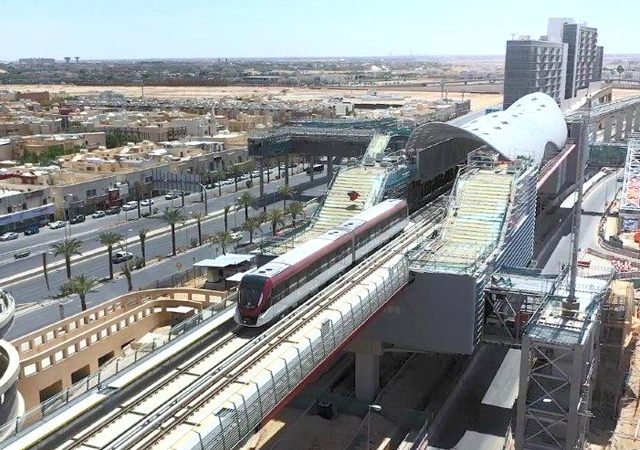
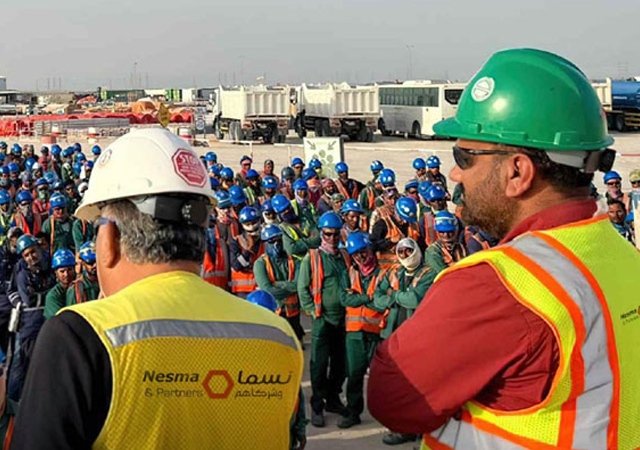

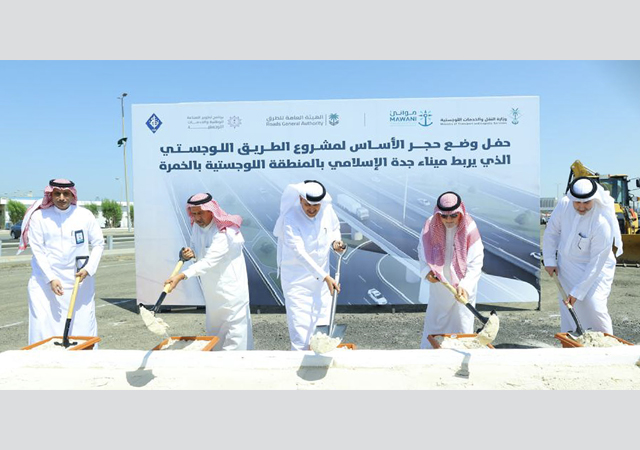






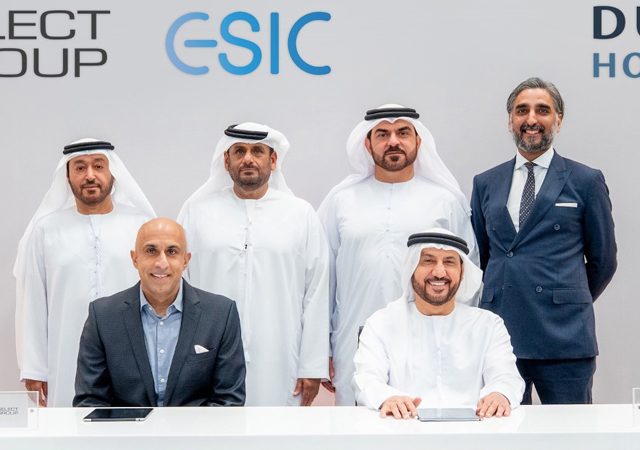

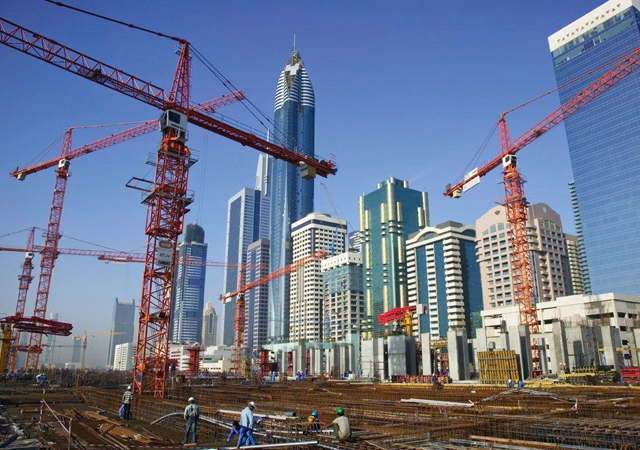









.jpg)
.jpg)

.jpg)



